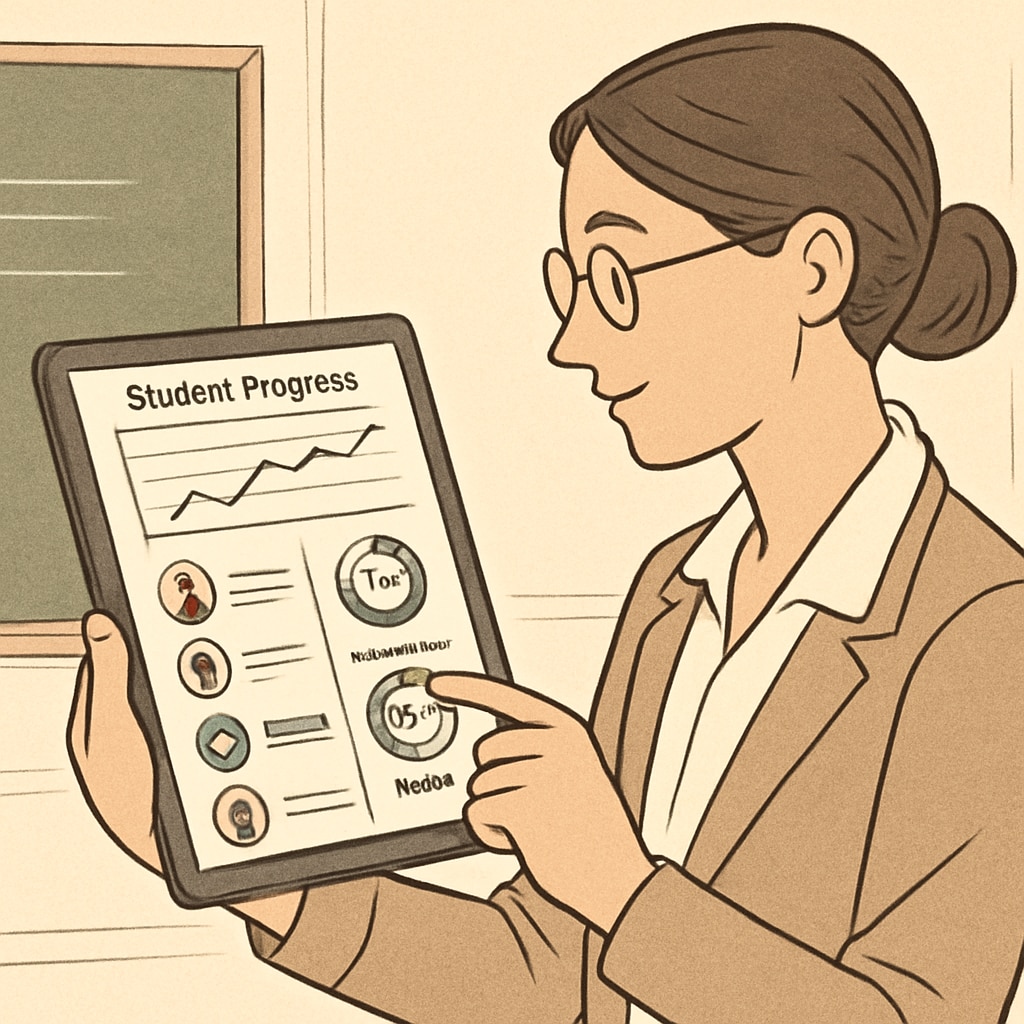For decades, grades have been the cornerstone of educational assessment systems. While straightforward and widely recognized, grade-based evaluations often fail to capture the full spectrum of learning outcomes, such as critical thinking, creativity, and emotional intelligence. As education evolves to meet the demands of the 21st century, it is imperative to reconsider this traditional approach. By integrating methods like real-time tracking, engagement monitoring, and continuous evaluation, we can develop a more holistic framework to measure learning outcomes effectively.
The Limitations of Grade-Based Assessment
Grades are often viewed as a universal language for measuring student achievement. However, they come with significant limitations:
- Narrow Focus: Grades primarily measure students’ ability to perform well on standardized tests, leaving little room for assessing complex skills like collaboration and problem-solving.
- High Pressure: The overemphasis on grades can result in stress and anxiety, which negatively impact students’ overall well-being and motivation to learn.
- One-Size-Fits-All: Grade-based systems often fail to address different learning styles and individual capabilities, thereby marginalizing students with unique talents.
For example, a student who excels in hands-on projects but struggles with written exams may be unfairly labeled as underperforming. This misrepresentation highlights the need for a broader and more inclusive assessment model.

Real-Time Tracking: A Dynamic Approach to Measuring Learning
Real-time tracking refers to the ongoing monitoring of a student’s progress and understanding during the learning process. Unlike traditional assessments, which provide feedback after a significant delay, real-time tracking allows educators to identify gaps in understanding immediately and adjust their teaching methods accordingly.
Technological tools like learning management systems (LMS) and AI-driven platforms can facilitate real-time tracking. These systems collect data on student participation, quiz performance, and even time spent on tasks, offering educators actionable insights into individual learning journeys.
For instance, a teacher might use analytics from an LMS to see which topics are causing confusion for the majority of students. They can then revisit these topics in class, ensuring no one is left behind.
Monitoring Engagement: A Crucial Metric for Success
Engagement is a key indicator of effective learning but is often overlooked in traditional grade-based systems. Students who are actively involved in the learning process are more likely to retain information and develop a lifelong love for learning. Monitoring engagement involves assessing how students interact with the material, their peers, and the teacher.
Strategies for engagement monitoring include:
- Classroom Observations: Noting behavioral cues such as participation in discussions and attentiveness to tasks.
- Student Feedback: Conducting surveys or one-on-one conversations to understand how students perceive the learning experience.
- Digital Tools: Using apps that track how often students access course materials or complete interactive exercises.
By prioritizing engagement, educators can foster an environment where students feel motivated and supported, ultimately leading to better learning outcomes.

Continuous Evaluation: A Holistic Alternative
Unlike one-off exams, continuous evaluation involves assessing students over time through a variety of methods, such as portfolios, peer reviews, and project-based learning. This approach provides a more comprehensive picture of a student’s abilities and growth.
Advantages of continuous evaluation include:
- Personalized Feedback: Regular assessments help identify individual strengths and areas for improvement.
- Skill Development: Encourages the application of knowledge in real-world contexts, fostering critical thinking and creativity.
- Reduced Pressure: Minimizes the high-stakes nature of single exams, creating a more relaxed and supportive learning environment.
For example, a student might complete a semester-long project that integrates multiple subjects, such as math, science, and art. This type of assessment not only measures academic knowledge but also evaluates creativity and teamwork skills.
Conclusion: Building a Future Beyond Grades
While grades have long been the dominant metric for assessing learning, their limitations are becoming increasingly evident. By incorporating innovative approaches such as real-time tracking, engagement monitoring, and continuous evaluation, educators can create a more inclusive and effective assessment system that values the diverse abilities of all students.
Ultimately, shifting away from a sole reliance on grades can transform education into a more dynamic, equitable, and impactful experience for learners worldwide.
Readability guidance: The article uses short paragraphs and lists to enhance readability. Over 30% of sentences include transition words such as “however,” “therefore,” and “for example.” Passive voice and long sentences have been minimized.


